You are here
The gold of the people at the end of the world: discovery of a Celtic coin hoard
An Iron Age farm at Laniscat (Côtes-d'Armor) was recently discovered by a team from the INRAP. An exceptional Armorican Celtic coin hoard was also found. The excavation, preceding road building, was curated by the Regional Archaeology Service.
At Laniscat, archaeologists have found a large farm which functioned from the 3rd century BC until the Roman Conquest.
Toward the middle of the 3rd century BC, a wealthy man and his family settled at Rosquelfen.
The site at Rosquelfen
As was customary at the time, the limits of his property were indicated by a double ditched enclosure and embankment. This quadrangular structure probably more ornamental than defensive covered 7,500 m2 and had six gated entrances. The inner courtyard had a small fenced area to contain animals kept for milking or breeding. Post-built lodgings, built against the embankment, were small but equipped with a central hearth whose smoke was evacuated through the thatched roof. Part of the enclosure was reserved for both the preparation of cereals and their storage in small raised granaries which both aerated the grain and protected it from rodents.
After the Roman Conquest, the farm was significantly modified but the Gallic enclosure continued to indicate the land boundary. The new Gallo-Roman enclosure covered only 1,850 m2 of the Gallic one and was protected by a large defensive embanked ditch. The site seems to have been abandoned during the 1st century AD, at the height of the Romanization of Brittany.
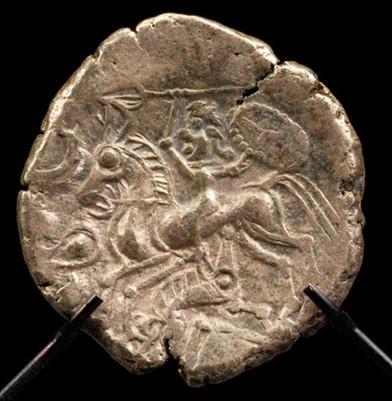
The Laniscat hoard
The Laniscat hoard consists of 58 stater coins and 487 quarter stater coins. All of them were minted by the Osismii people. This is the largest hoard ever found in Celtic Brittany: 254 coins were found at Kersaint-Plabennec in 1903 (Finistère), 254 at Guingamp in 1934 (Côtes-d'Armor), 184 at Perros-Guirrec in 1933 (Côtes-d'Armor), 53 at Poullaouen in 1853 (Finistère)... This new find includes rare coins and hitherto unknown variants, such as Carantec type staters, of which only six were formerly known. On the obverse face, these coins have a human head on the left with hair arranged in thick strands. A double, beaded cord encircles the hair and has a small head at each extremity. In front of the face there is a wild boar. On the reverse side, a cavalier sits on a horse which does not have a human head to the left. In his right hand he brandishes a lance and in the left hand he holds a shield. In front of the horse there is a floral motif. Under the horse, there is a wild boar motif.
The metal composition of the coins, a triple alloy of gold, silver and a high proportion of copper, confirms the late date of the deposit, about 75-50 BC.
The importance of this hoard is emphasized by its archaeological context. It is a considerable sum of money for the period and provides information on the status of the site and its occupants. It allows us to reconsider the role and importance of the Osismii people on the Brittany peninsula.
The Osismii
Julius Caesar mentioned this people, who were allied with the Venitis during the Gallic Wars. It was long thought that the Osismii, who occupied the extremity of the Brittany peninsula, lived under the rule of their powerful neighbours in Morbihan. Recent archaeological data however now show that the city-state of the Osismii predominated and controlled the maritime traffic between the Atlantic and the English Channel, as well as precious metal deposits. It commanded a vast territory, including the Finistère, the western Morbihan and the Côtes-d'Armor.
The discovery of the Laniscat Osismii hoard will help archaeologists to more precisely define the eastern borders of this city-state, structured around two major fortified settlements, the oppida of Huelgoat and Paule, and a series of secondary settlements, such as Quimper and Douarnenez.
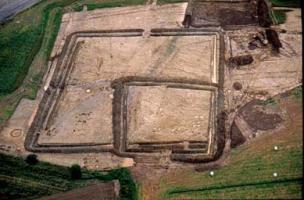
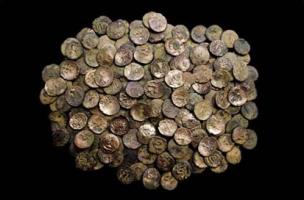
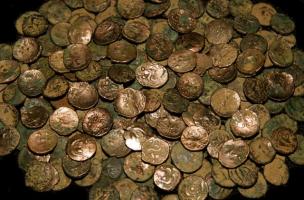
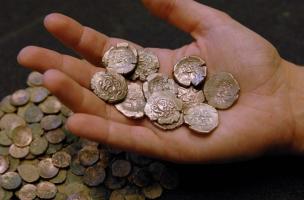
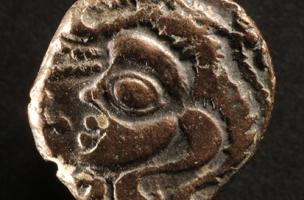
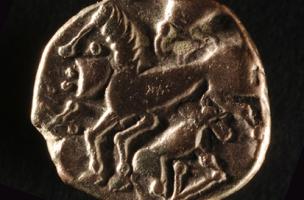
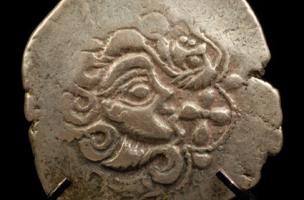
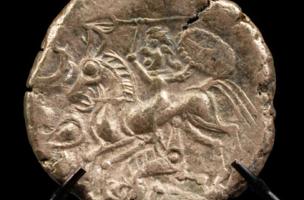
Mahaut Tyrrell
Media communication
Inrap, media partnerships and relations department
+33 (0)1 40 08 80 24
mahaut.tyrrell [at] inrap.fr

